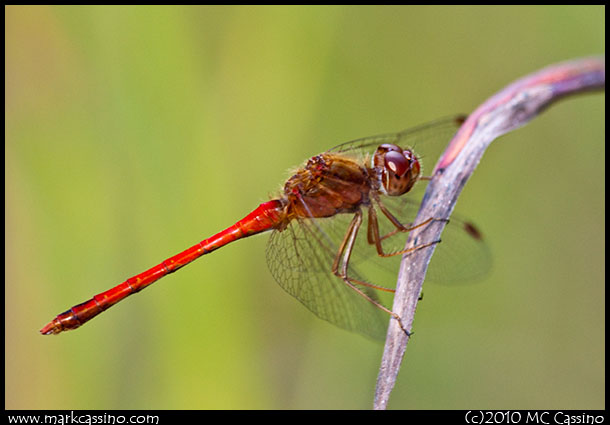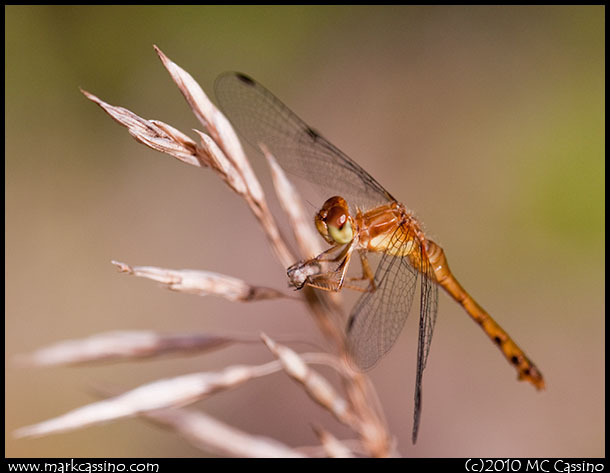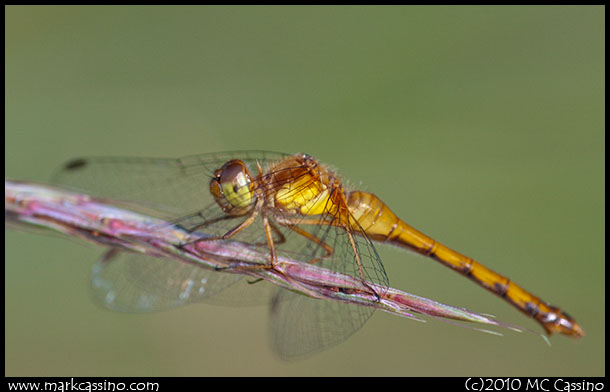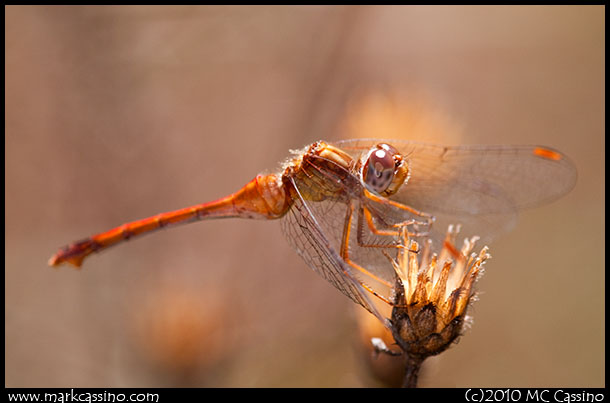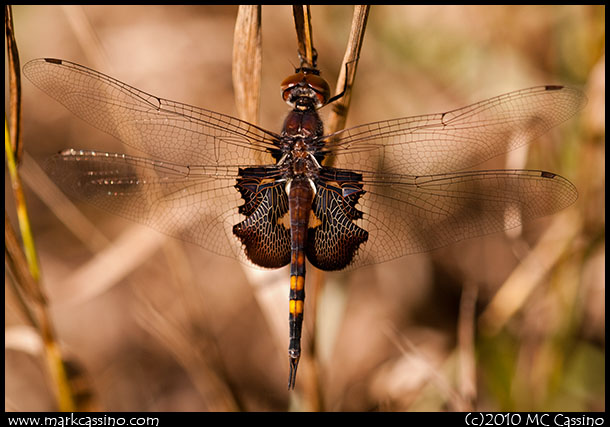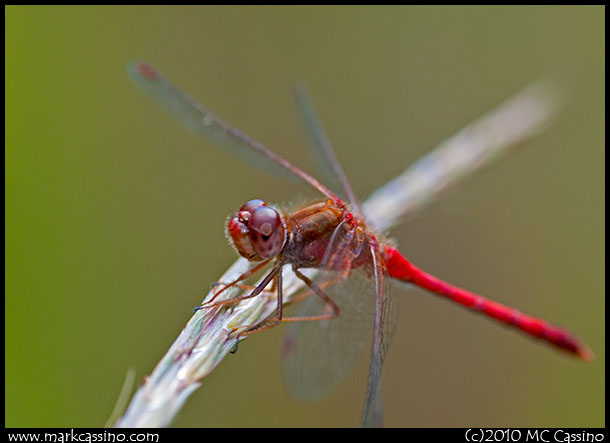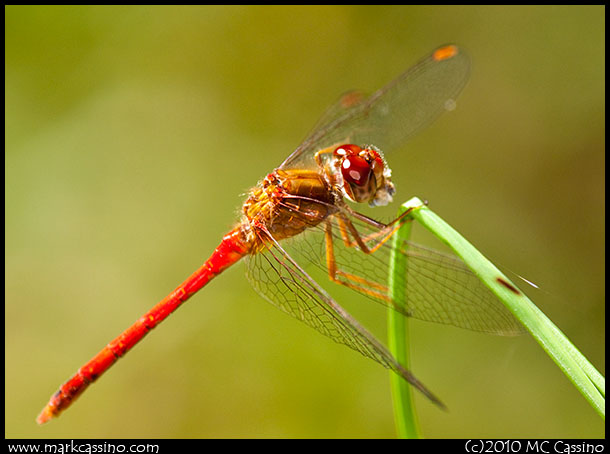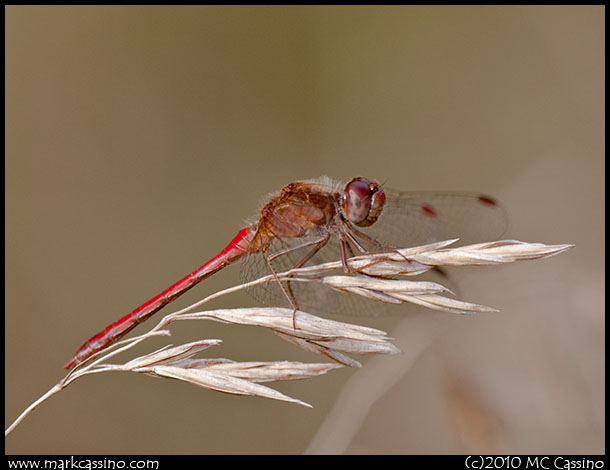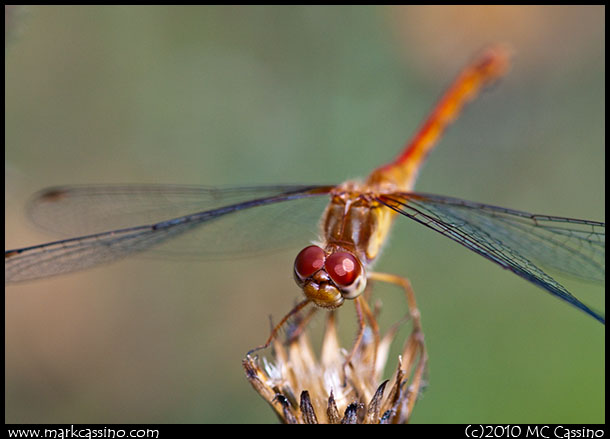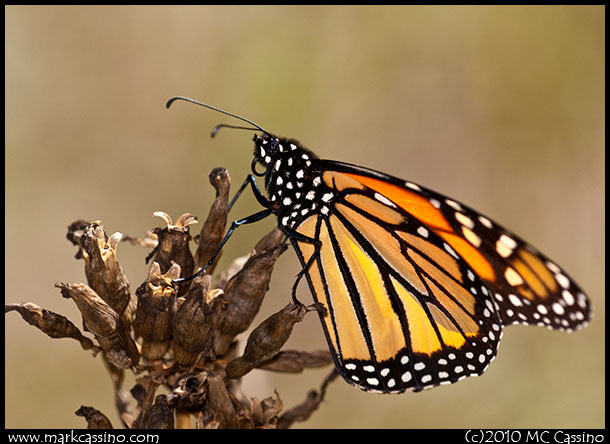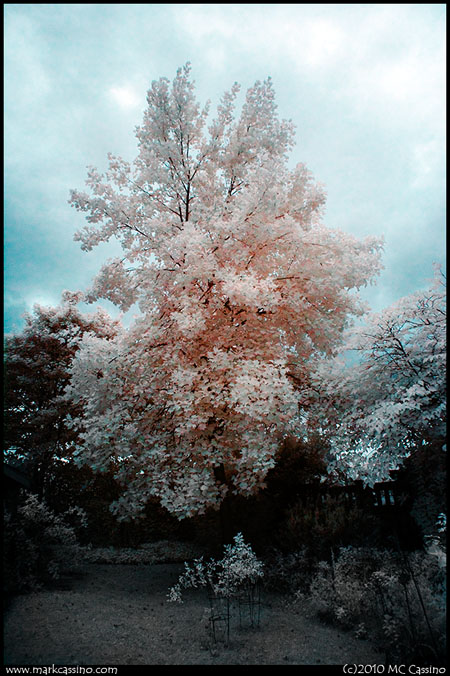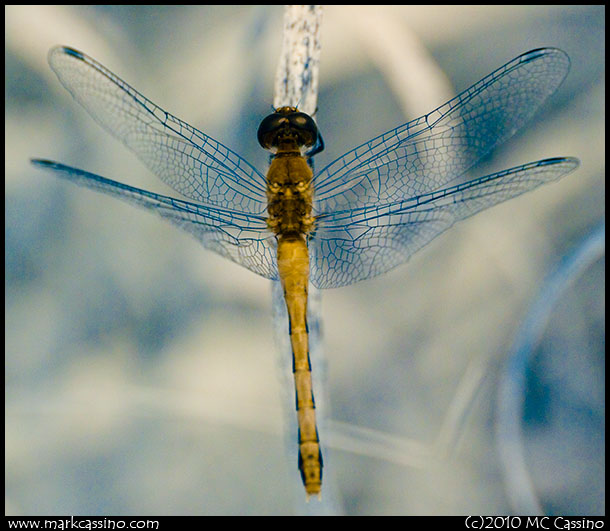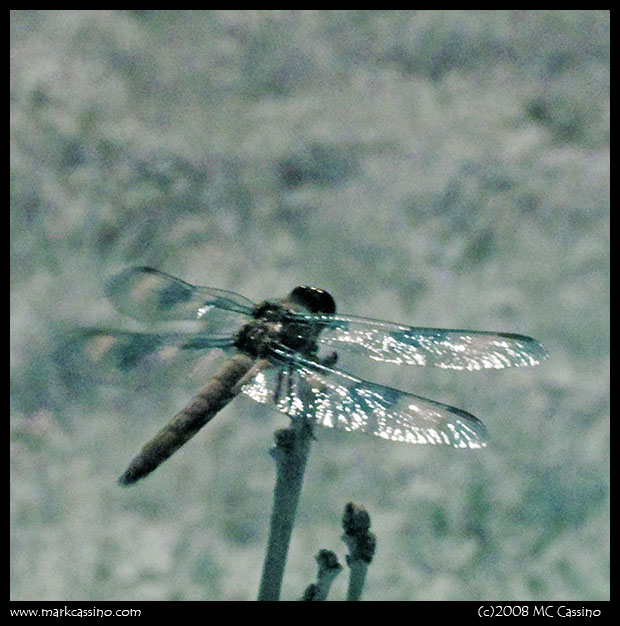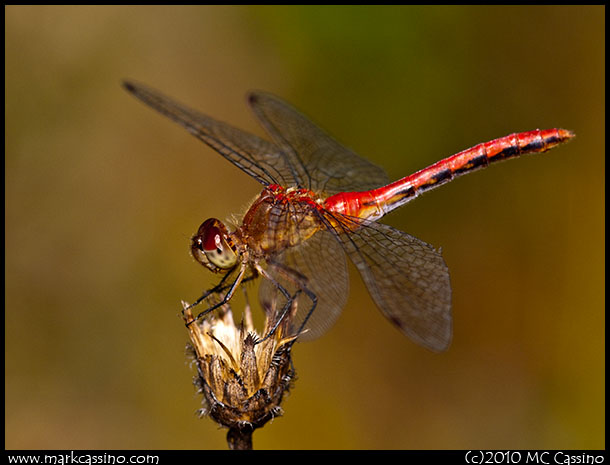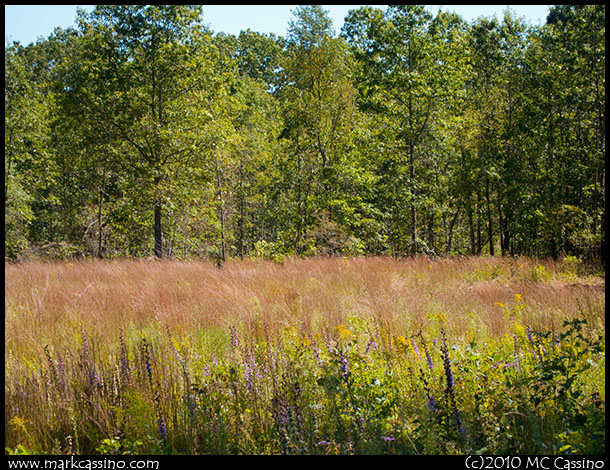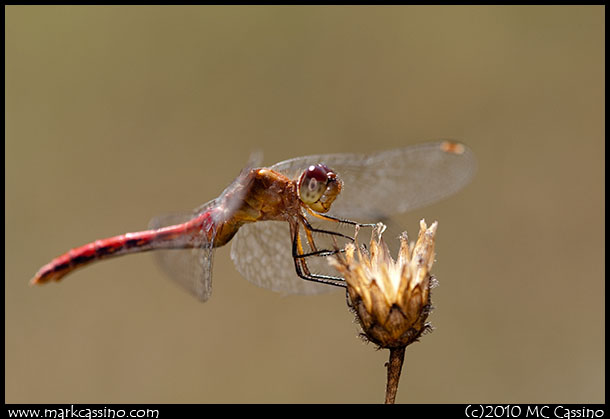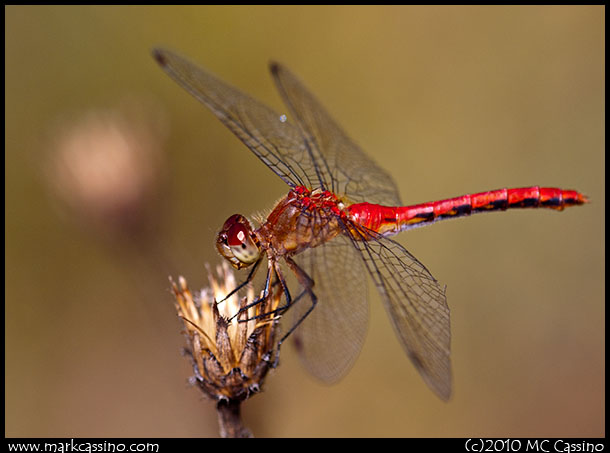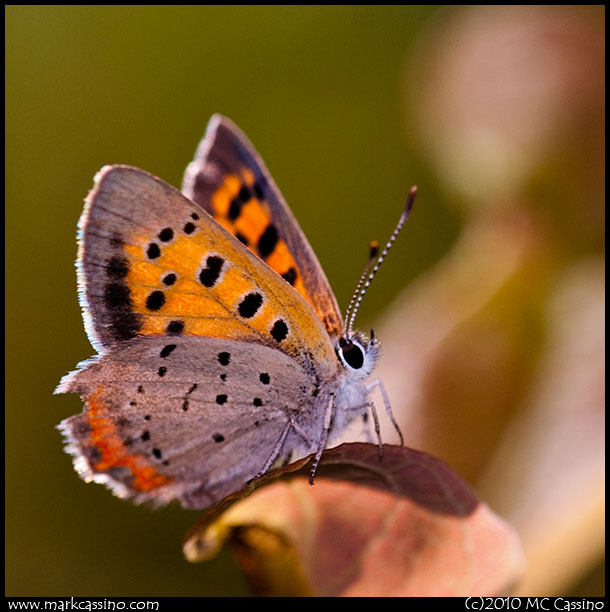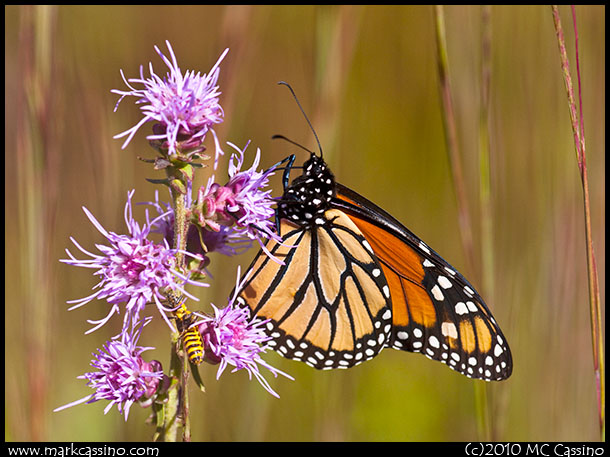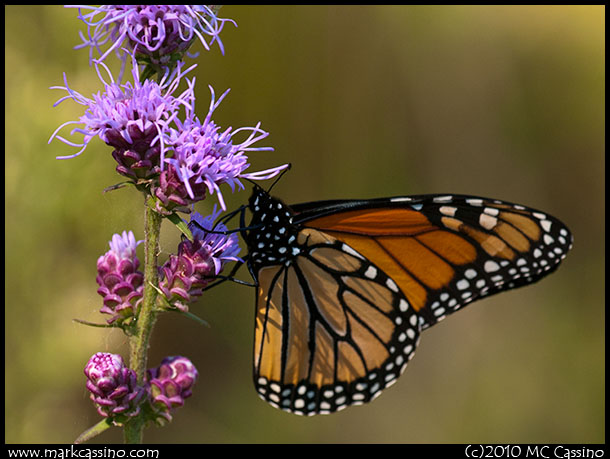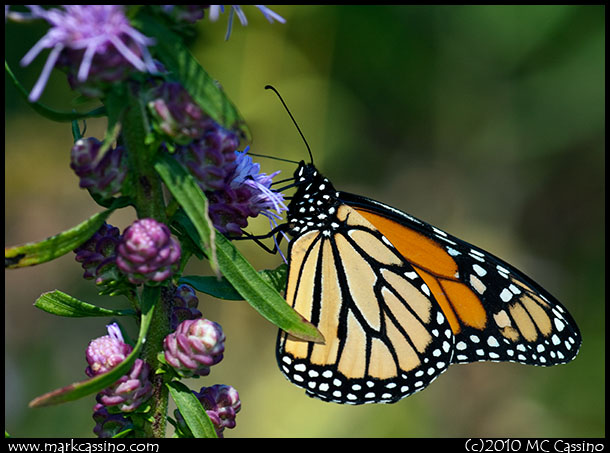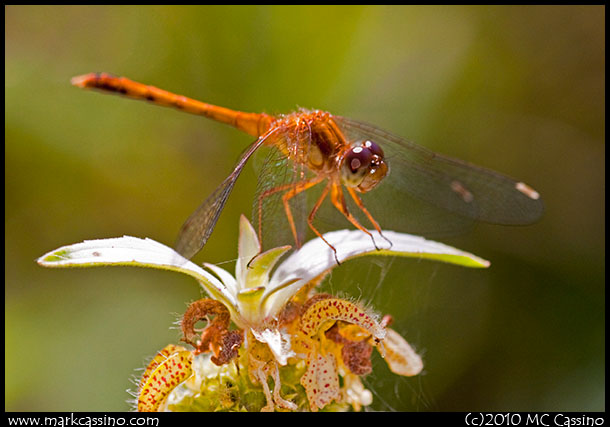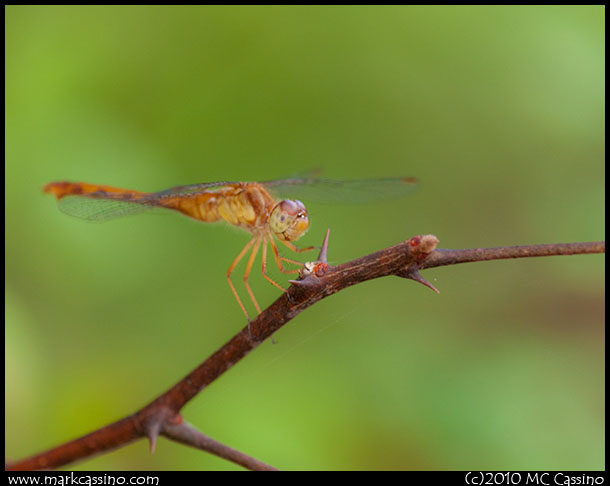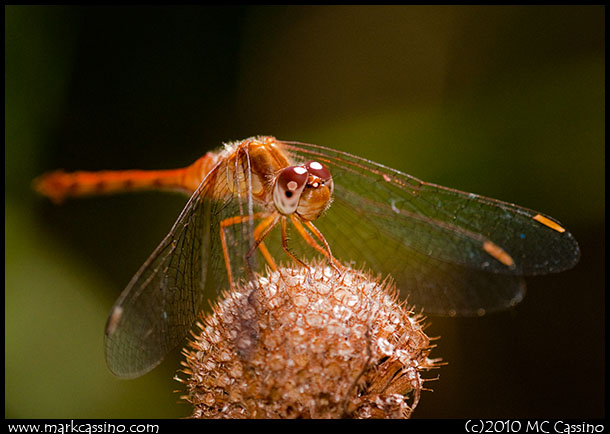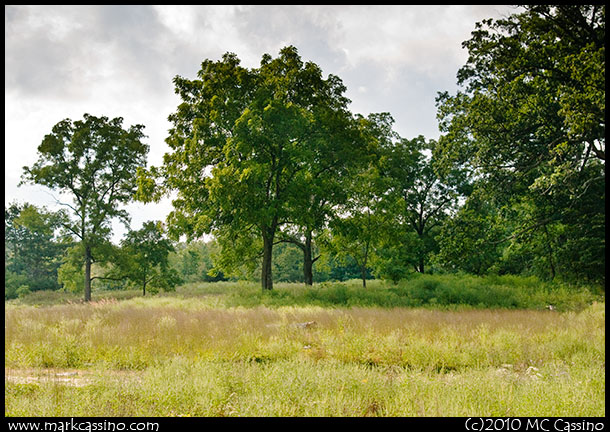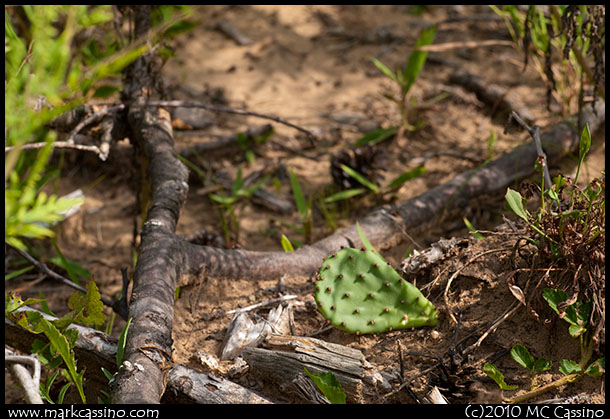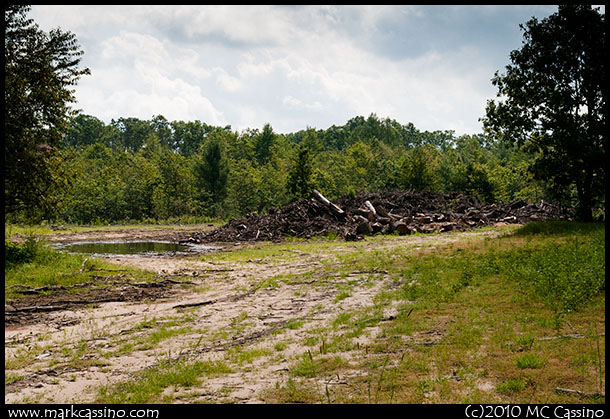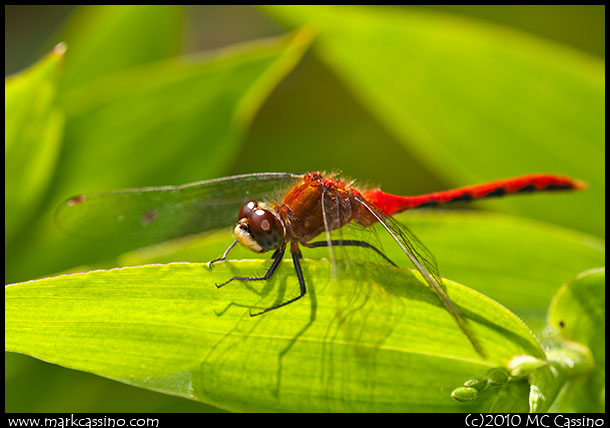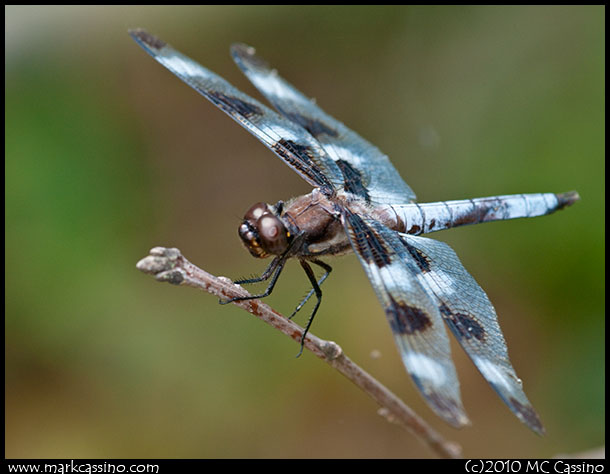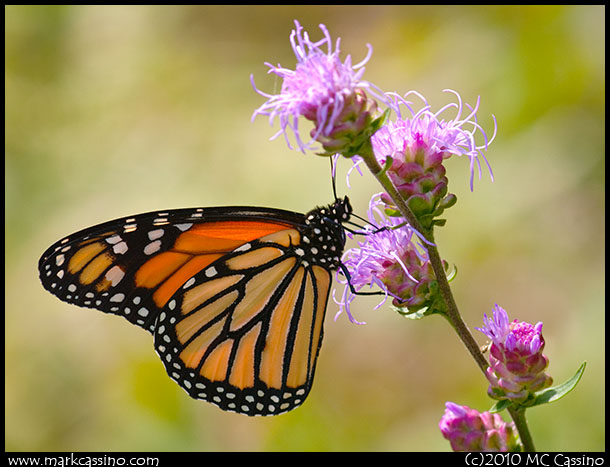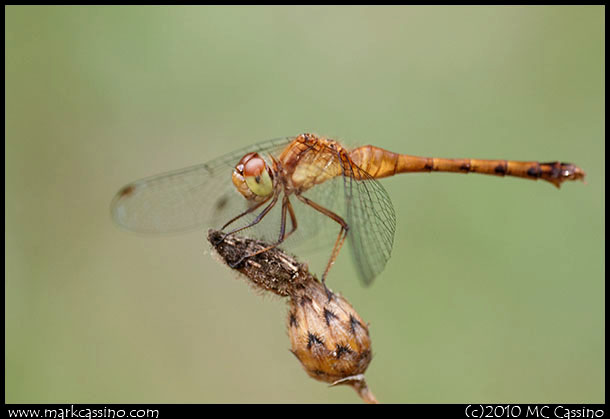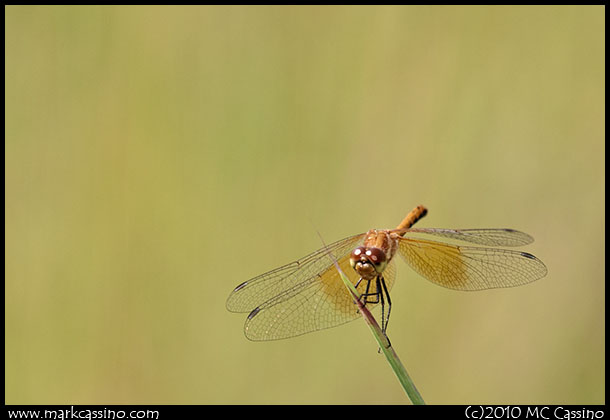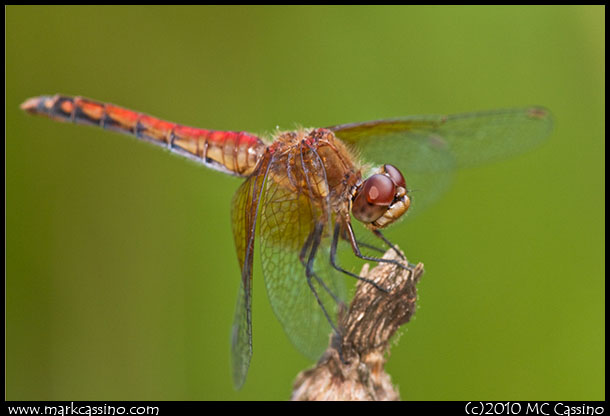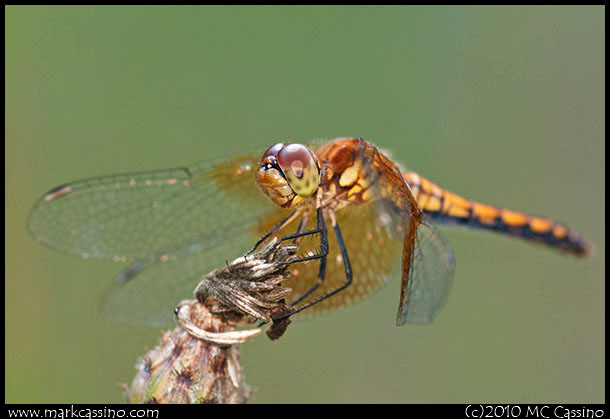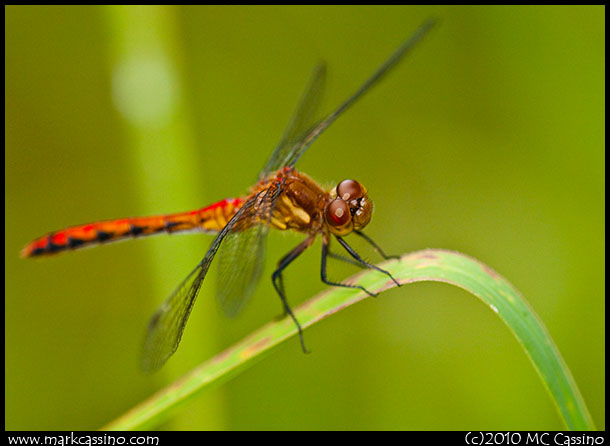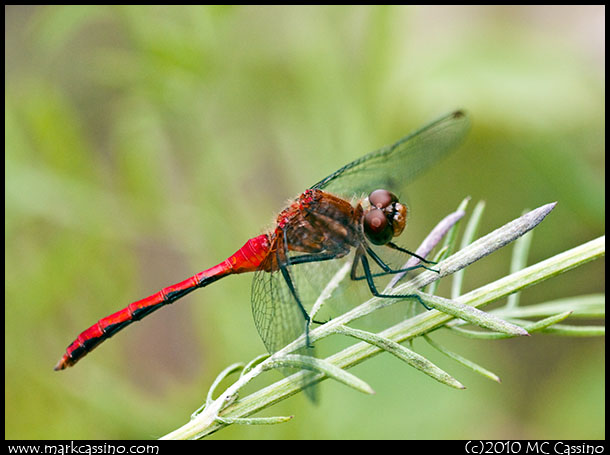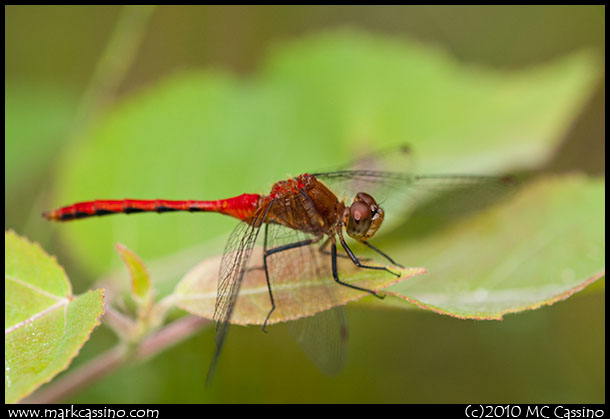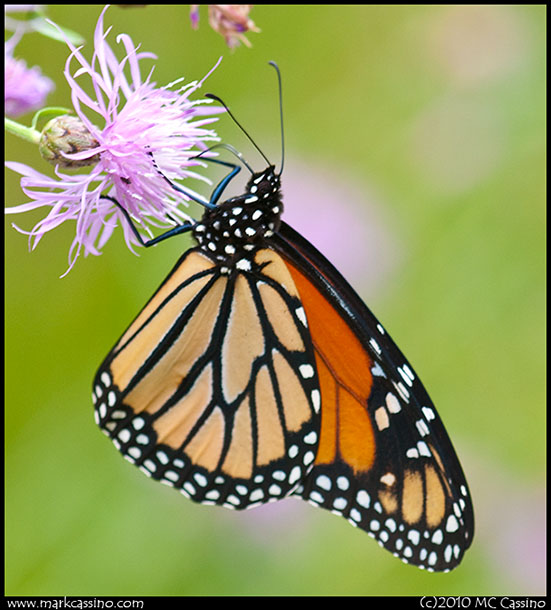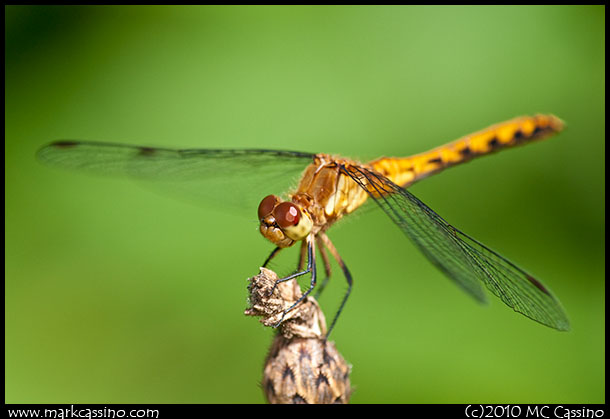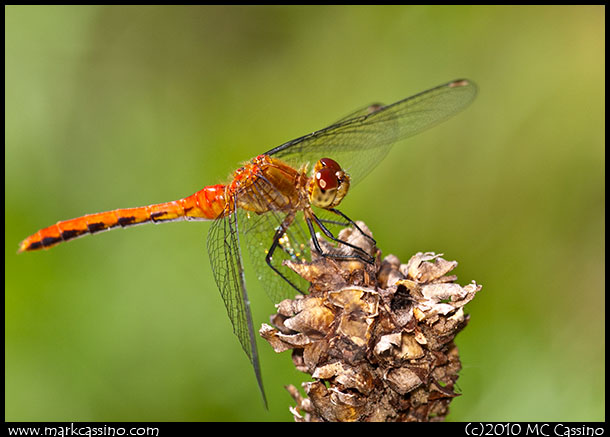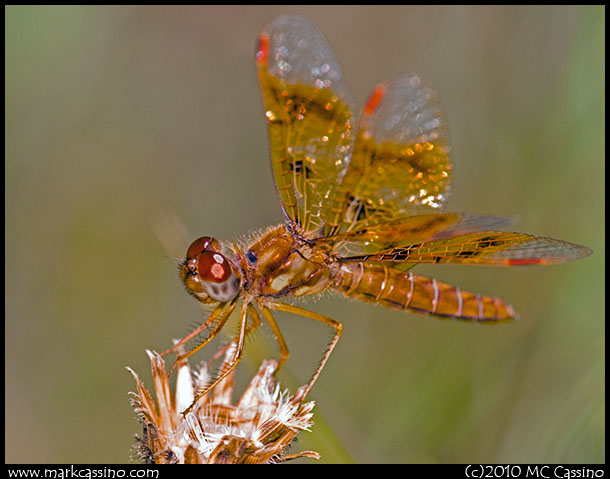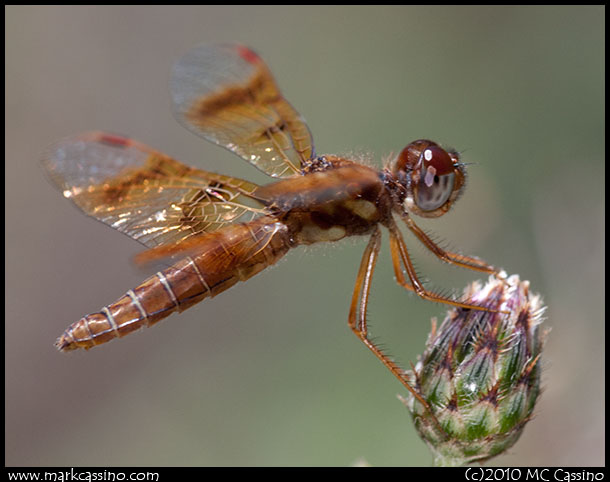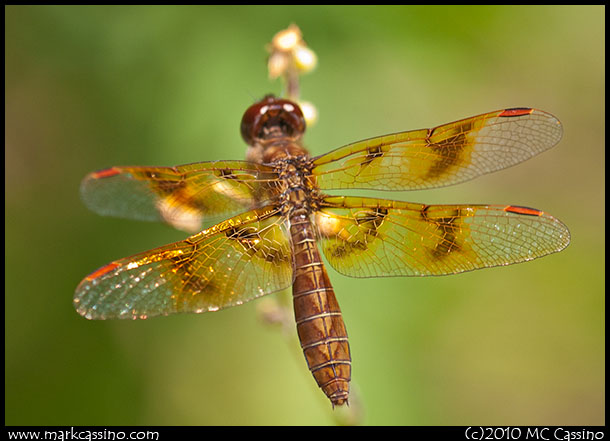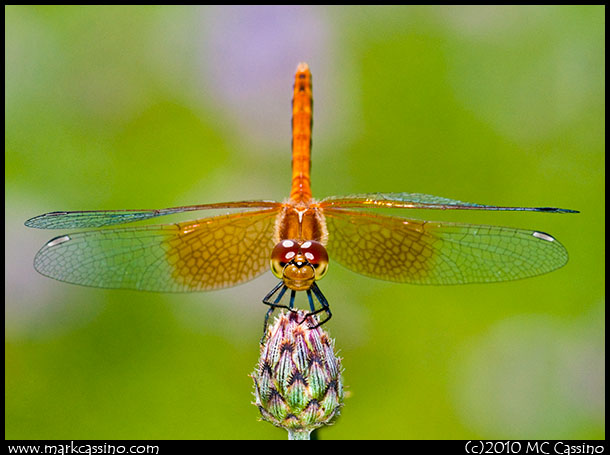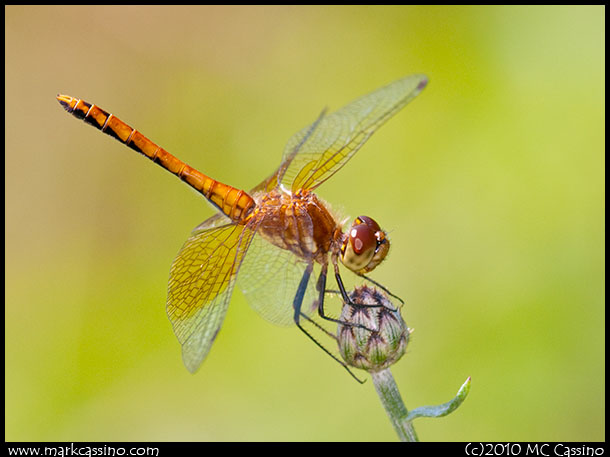It is taken five months, but I finally returned to the fields off 48th street today. When I last visited them in March, logging activity had torn them up. (You can see that post here.) Trees were felled in the nearby forest, dragged across the field, and then cut up in a processing station. The entire field was just one huge scar of torn up earth, plants ripped out by the roots, topsoil blown away in the wind.
I’ve driven by regularly since then. One thing about this particular field – you can’t seem much of it from the road. There is a small parking area and one or two breaks in the trees where you can catch a glimpse, but otherwise it is obscured. But I’ve watched the neighboring forest get thinned, the semi’s coming and going with their loads of lumber – sometime waiting on the dirt road for the next chance to load up.
The little parking area where I used to regularly stop is long gone. It became the entranceway for the trucks, and they tore open the road, creating a huge mud puddle at the entranceway. Since no one has been using it, the parking area is now overgrown, and even if you could get through the mud puddle you’d have to plow into dense, four-foot high weeds to park there. So instead, I pulled over on the side of the road and took a little trail into the north west corner of the field. The trail has been there as long as I have visited, but it is now widened and the prairie grasses leading up to have been mown. I guess it is seeing more use as an entranceway to the field these days.
After last spring’s visit, I was expecting the worst – and was happily surprised to see that things were not nearly as bad as I had expected. Here’s a photo of what greeted me as I reached the top of the small hill at the north end of the field:
Huge surprise – things are green! The bare earth has been healed – at least to a degree. What really surprised me is that most of the prairie grasses and plants have returned. If you look at the photos from last march of the turned up soil – now those same places are – mostly – rich with tall grass, scrubby oak, and wild strawberry. Even ironweed and bee baum are in bloom. A wild grape vine that never failed to produce a few nice bunches of grapes was in one hte hardest hit areas - and i was heartening to see it sprawled over the top of the ragweed. Its roots must be deep…
There are still signs of the disruption. There is a pathway along the west side of the field where the soil was most heavily dislocated. The sandy soil was opened up and laid bare time and time again. That area is now brilliant green and full of lush vegetation – ragweed. In years gone by, I’ve noticed very little of this plant in these fields, but those areas that were most heavily churned are choking with it. Remarkably, there is a very clear demarcation between the areas that were repeatedly disrupted, and which are full of ragweed, and the areas that were not, and where the grasses have returned. You can stand with one foot in a mass of ragweed and another on the grass that used to be there. Here’s a shot that show this – taken at the very end of the run, where the trees were dumped to be processed:
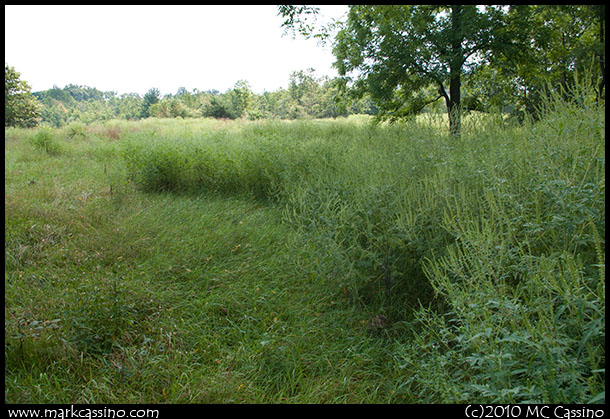
Some areas – particularly the crests of small rises in the land – took a bigger hit than others. There are some bare patches of sandy soil , where nothing is taking hold. Lots of small branches twigs form trees also litter the landscape, as do hundreds of pinecones that fell off the trees that were dragged across the earth. These already are crunching away into dust underfoot – most of the brush seems to have been rounded up and dumped into a huge pile at the northeast end of the field.
One victim of the logging activity is the eastern prickly pear cactus. The large patches of cactus are gone – they were right in the path of the greatest activity, and the ragweed is now growing where they were. An isolated sprig or patch of cactus can still be spotted here and there, but it is hard to imagine it ever regaining its hold.
But, overall, the field has endured. There is still a large processing area in the northeast corner, and all the vegetation there is torn up and gone, replaced with muddy roads and piles of logs and brush. But I’d estimate that 80 to 90 percent of the field is more or less intact. I even spotted a few toads hopping around underfoot – I chalked them up as goners where this whole thing started – but they seem to be around still.
So – what is happening at the pond? I can’t call it the seasonal pond any more; it has been a few years since it last dried up in the summer. I trudge down to it and find that it is doing very well. The logging activity has kept people like me away, and that combined with the very wet summer has resulted in the vegetation around the pond really taking off.
The pond itself is doing quite well. The water level is higher than I have ever seen – as I stand at the water’s edge, I see trees 30 or 40 feet away that used to be on dry land. Many of the trees are dead or dying, as the rising water inundates their roots, and they sit in several feet of water year after year.
The frog population also seems to be doing quite well. Dozens of frogs hurled themselves into the water as I walked along the edge of the pond – often crying out “eeeee!” as they jumped ahead. I even saw a splash in the water – way out, beyond any jumping frog – that makes me wonder if fish have arrived in the pond.
And of course, there were dragonflies. Here is a white-faced Meadowhawk, one of the only red meadowhawks easy to identify:
And here is a twelve-spotted skimmer, sitting on a branch near a partially logged area of woods:
I saw other Odonates as well - a few mature male blue dashers - old ones who’s abdomen had turned form blue to pale bluish white. THere were lots of green darners, many unidentified blue darners, and a saddlebags - possibly a Carolina Saddlebags - that buzzed around forever as I waited for him to perch.
Overall, it was a good day in the Allegan forest. After leaving the field off 48th street I visited a few other locations. Off 44th street I managed to get this snap shot of a Monarch Butterfly – the best photo of the day, IMO:
